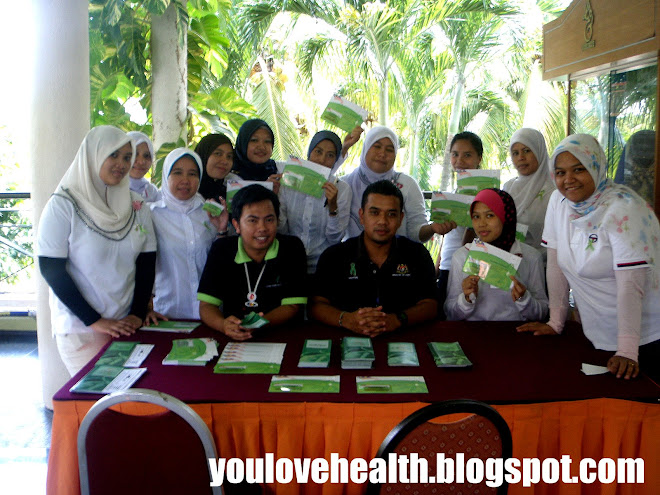Headlines are constantly coming at us about ways to eat to lower our risk of heart disease, diabetes and evencancer. But it can be confusing. Three out of four people believe there are so many recommendations about preventing breast, colon, lung and other cancers that it's hard to know what guidelines to follow. So SELF decided to streamline and compile all the latest info, so you can hit the store with a clear list—and mission—to live your healthiest life.
What you fill up on has an even larger influence on your odds of getting cancer than whether the disease runs in your family. You don't need to pore over studies (unless, like me, you actually enjoy that kind of stuff!) to power up your plate and help lower your risk. We've done the work for you! Use this supermarket list to gravitate to the healthiest spots, not only in the grocery store, but also on restaurant menus and even party buffets.
Fiber-rich bites The same stuff that keeps you regular can also keep you healthy. Fiber increases the amount of waste and the speed with which it moves through the colon, which may reduce the colon lining's contact with carcinogens. Swedish researchers found women who ate more than 4.5 servings of fiber a day had a 35 percent lower risk for colon cancer. Fiber may also eliminate excess estrogen and insulin, two hormones linked to breast cancer.
Your best sources: Beans, oatmeal, pastas, whole-grain breads, fruits, veggies or a half cup of high-fiber cereal, such as All-Bran or Fiber One, will help you reach your daily goal of 25 grams.
Garlic The cloves contain allyl sulfide, a compound that in studies appears to prevent the formation and growth of colon tumors, according to research.
Your best sources: Add diced garlic to salsa and sauces, or savor it in Garlic-Rosemary Roast Chicken.
Cruciferous veggies They're linked with a lower risk for colorectal, lung and stomach cancers. And cabbage, and even sauerkraut, may slash your breast cancer risk by activating your body's detoxifying enzymes.
Your best sources: Broccoli, brussels sprouts, cabbage and cauliflower—aim for at least five half-cup servings a week.
Colorful produce Yellow, orange and red fruits and veggies contain antioxidants called carotenoids, which science has found protects cells from free radical damage, guarding against oral and lung cancers.
Your best sources: Seek out sunny-hued produce such as beets, bell peppers, cantaloupes, carrots, pumpkin, squash, sweet potatoes, tangerines and watermelons.
Foods rich in vitamin C and calcium They bulwark your body against breast and colon cancer by suppressing the effects of hormones.
Your best sources: Milk and yogurt are great sources of calcium, of course, and fortified orange juice contains both calcium and vitamin C.
Tomatoes and berries Research on these foods' anticancer properties is ongoing, but already promising. Lycopene, which gives tomatoes their scarlet hue, may help prevent cell damage, reducing the risk for gastric, ovarian, pancreatic and prostate cancers. Berries are rich in antioxidants, which also protects cells.
Your best sources: Make tomatoes, blackberries, blueberries, raspberries, strawberries and tomatoes part of your nine daily fruits and veggie servings. Whenever you can, sprinkle berries on your cereal or over Greek yogurt and granola for breakfast (my favorite breakfast). Spoon a little extra marinara over your pasta—hey, it's for your health!
Anthocyanins, the pigments behind blueberries' hue, may fight skin cancer. Try these 5 delicious ways to polish off a pint.
Fish The heart-healthy omega-3 fatty acids found in some varieties may protect against colon, pancreatic and breast cancers.
Your best sources: Aim for two or three servings of salmon, sardines, herring or halibut each week.
Chocolate Yes, you read correctly! Studies show a compound in dark chocolate fights-growing forms of the disease such as colorectal cancers. It also contains antioxidants and flavonols, which may protect against other types of cancer.
Your best sources: As long as it's the DARK variety, it's doing you good! Anything over 45% cacao solids qualifies, but to reap the health benefits, the darker the better. Consider this your permission to indulge!

















0 comments:
Post a Comment